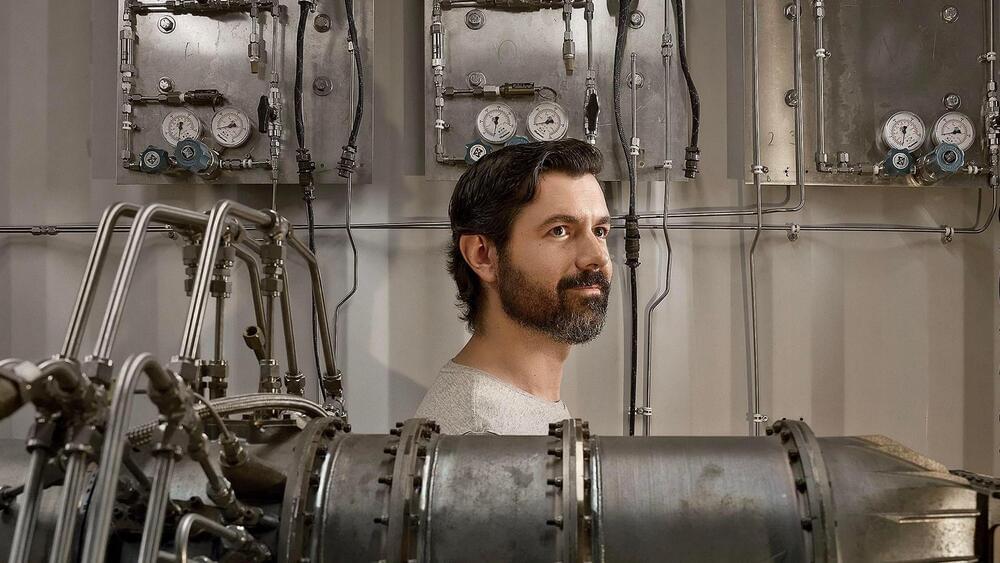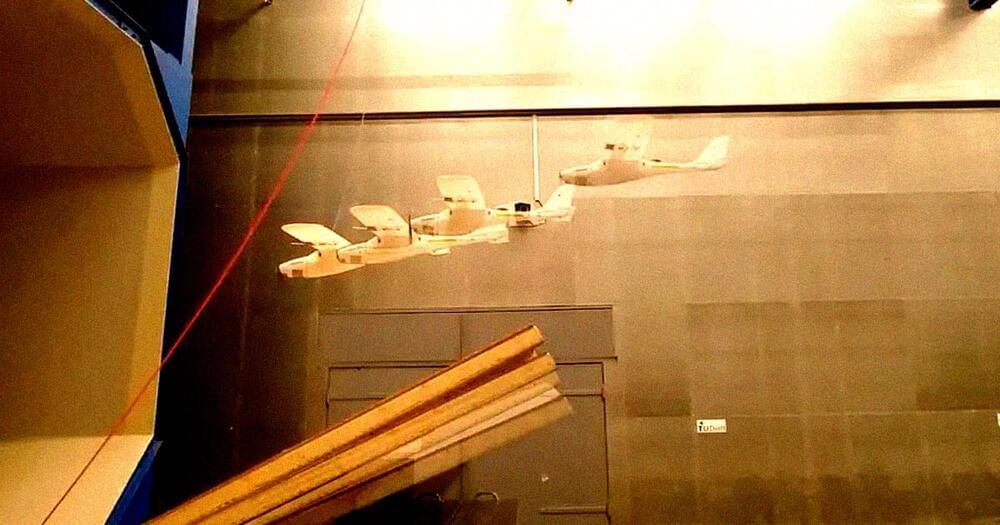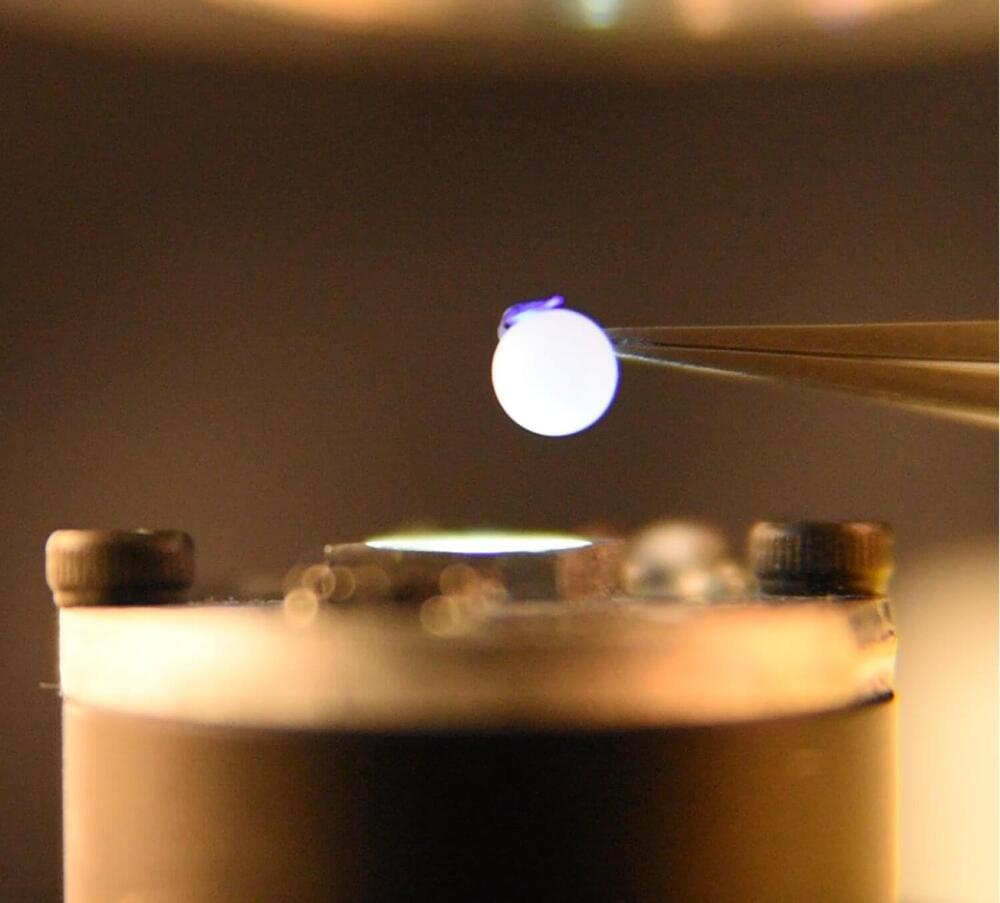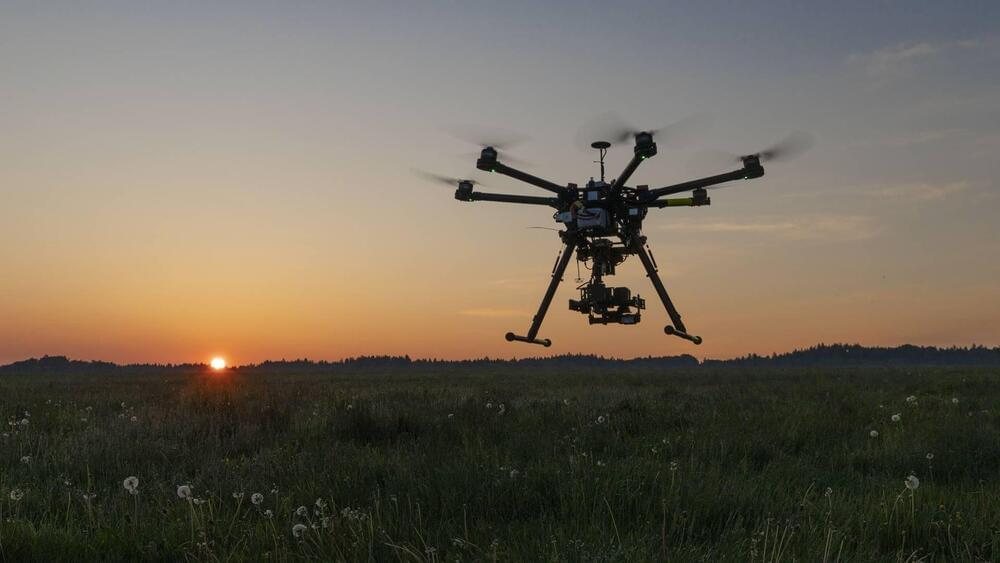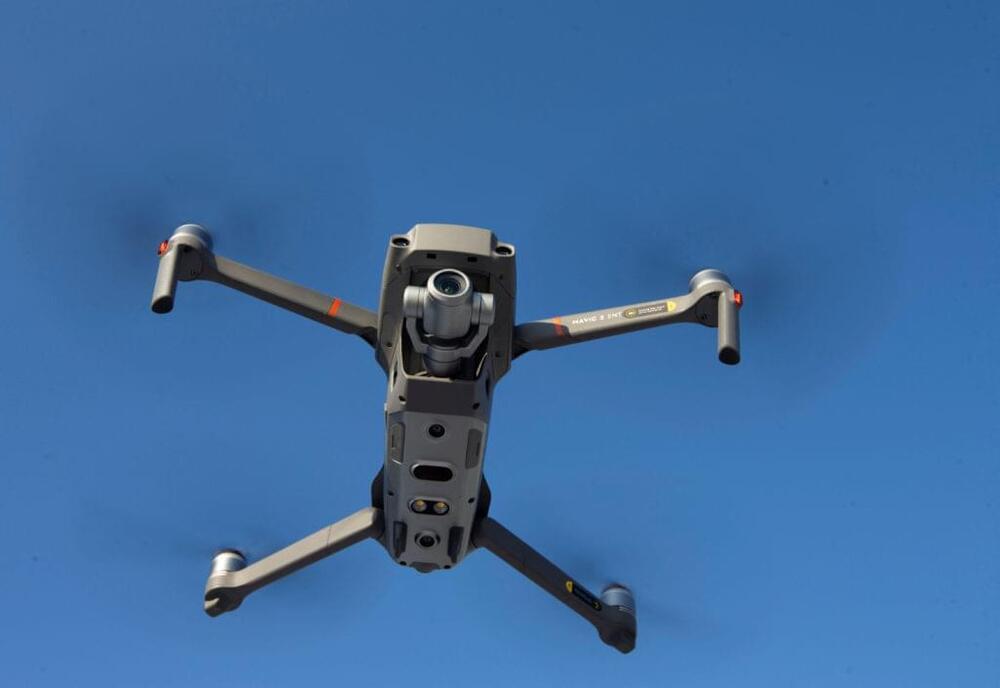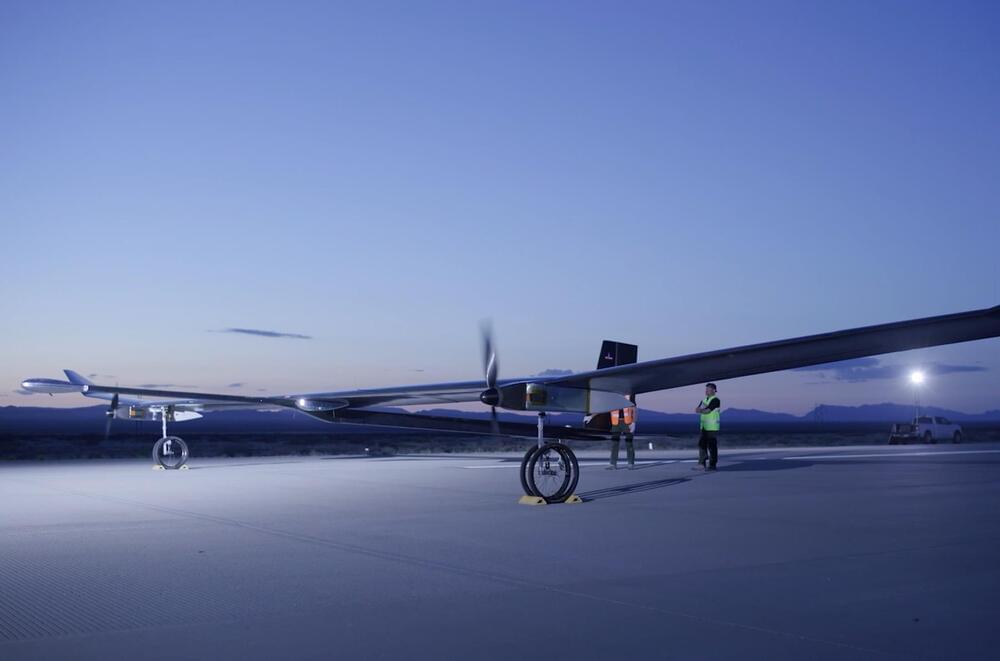Hermeus’ audacious plan to build a passenger plane able to travel at Mach 5 is a longshot, but it’s won Pentagon backing.
Earlier this month, a curved aluminum skeleton 40 feet long sat waiting in Hermeus’ cavernous Atlanta factory. It was the prototype of a drone called Quarterhorse. It will never fly. Instead, it’s scheduled for ground-testing starting in September. Hermeus CEO AJ Piplica and his cofounders believe it’s the first step on a long road to an audacious goal: building a plane capable of carrying 20 passengers at hypersonic speed — five times faster than sound, or 3,850 miles per hour.
Imagine New York to Paris in 90 minutes. Quite an upgrade from the seven-and-a-half hours of a… More.
